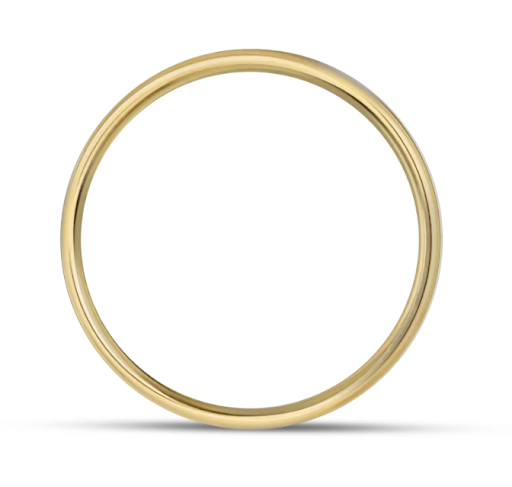

Creating Higher Order Thinking (HOT) questions
Published on 5 Dec, 2024
By Benson Soong
Before talking about HOT questions, let's discuss this quickly – we all know that matter expands when heated, and contracts when cooled. And the reason for the expansion is because when heated, atoms vibrate more vigorously and hence take up more space. Conversely, matter contracts when cooled because the atoms therein vibrate less when cooled, and thus, take up less space.
With this concept in mind, answer the question below – if I heat up the metal ring below, will the diameter of the hole in the middle (a) increase, (b) stay the same, (c) decrease?

Think about the question and select an answer before proceeding.
Almost two decades ago, Tony Robbins had done one of his motivational workshops in Singapore, and I had two takeaways from that event – (1) it is indeed possible to walk through red-hot coal without getting burnt, and (2) the quality of your life is a direct reflection of the quality of the questions you are asking yourself. In that same vein, perhaps that is why educators have been rather focused on providing their students with higher order thinking questions. For example, instead of asking a recall-type question like, “What is the melting point of ice?”, we ask a more application-type question like, “It is snowing and John wants to build a snowman. What can John do to ensure that the snowman doesn't melt too quickly?”
So, how can we create such HOT questions? In fact, is it even possible that all questions that we ask are “HOT”? Like most things in life, the answer is yes and no. No, because if the learning objective is simply to have students recall basic facts, then there should be no need to ask anything else besides having students state those facts! However, if we are testing for concepts or principles, then clearly we must be asking HOT questions.
Back to our opening question. I could have asked “Will the ring expand or contract when heated?” but asking that question requires students to purely recall that “matter expands when heated”. However, by applying the lesson onto a real life context, we are able to see if the student deeply understands (and thus is able to apply) such knowledge in a meaningful way.
You see, by asking this question on what happens to the diameter of the ring when heated, we are able to see if the students see the atoms moving more vigorously when heated, and as a result of moving more vigorously, they must now be further apart. If the diameter didn't change, then it means the atoms nearest to the diameter didn't move apart (which cannot be). And if the diameter decreased, then it means the atoms nearest to the diameter moved closer together. The only way that the atoms could move further apart would be when the diameter of the ring increased, which is the correct answer.
I hope that I illustrated how I think about HOT questions. Drop me a note and let me know what you think!
Benson Soong, PhD (Cantab)
yokozuna@kungfuquiz.com






